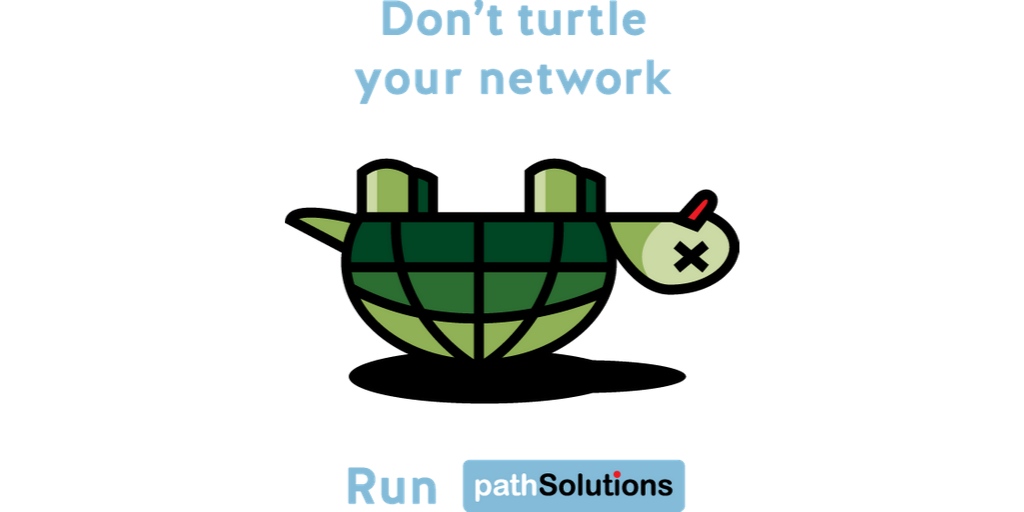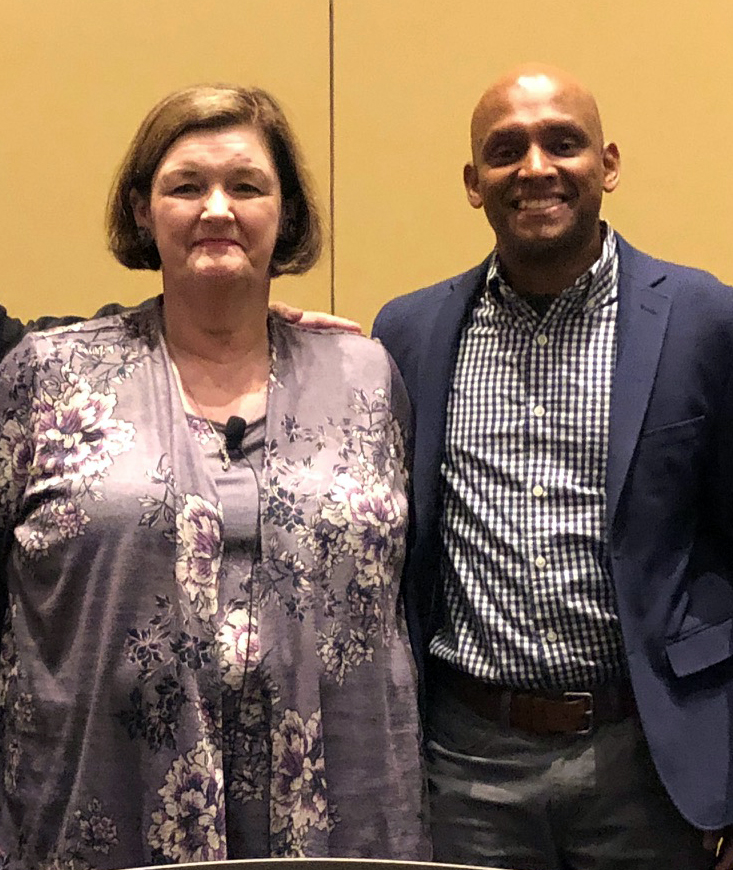Veteran IAUG members know that love affair between contact centers and CRM began back in the 1990s, as enterprises realized that a screen pop of information to a contact center agent’s desktop application would save precious minutes in average handling time. More recently, CRM applications like Salesforce have moved into the cloud, along with contact center solutions. For instance, Avaya’s IX Contact Center offering includes both cloud- and premise-based tools, along with self-service automation, seamless omni-channel, smart routing, customer journey analysis and predictive analytics.
Sheila McGee-Smith, president and principal analyst, McGee-Smith Analytics, moderated a panel discussion titled Enterprise Case Studies: The Evolving Roles of CRM and Contact Center at Enterprise Connect 2019 in Orlando. The session raised some important questions for IT professionals considering contact center (CC) and customer relationship management (CRM) deployments:
- How do you evaluate the appropriate roles for your CC and CRM systems, and what has driven your decision-making in this area?
- What vertical industry and other factors might impact your choices between CC and CRM systems to handle particular functions?
- What pitfalls and opportunities have you encountered as you reassess and then implement new relationships between your CC and CRM systems?
- How can you craft longer-term strategies around the product roadmaps from CC and CRM vendors?
While there are no “right or wrong” answers to these questions, several panelists at the session discussed their decisions to bring CC and CRM together.
Brian Inman, senior director of engineering , Aetna, said it’s essential for enterprises to move away from a siloed approach. “Yes, there are differences between the customer experience (CX) and the agent experience,” he said. “But your solutions need to speak to both, or your organization can become imbalanced. If you don’t have a good agent experience, then sooner or later issues will show up on the member side.”
One of the problems with a siloed CC and CRM approach is that data is stored in different areas, making it difficult to pass information to the agent in real time. “Our customer service representatives were working with three or four screens, and sticky notes were everywhere,” Inman said. “This was clearly not the best experience for them.”
“Our customer service representatives were working with three or four screens, and sticky notes were everywhere. This was clearly not the best experience for them.”
Brian Inman
Three years ago, Aetna began migrating its agents to an omni-channel environment, smoothing the flow of information within the contact center. “Now, our agent experience is just a single pane of glass, with different channels funneling into their screen,” Inman added. “We interviewed our agents after the fact and found they were able to give our members a much better experience. They didn’t have to put members on hold or call them back, and were able to resolve most issues on the first call.”
David Muttiah, change manager, CARFAX, leads a team that helps manage 21 billion vehicle history records. “Customers can search for a used car, and add a number of attributes like ‘one owner’ or ‘no accidents.’ They can also check the vehicle’s service history,” he said.
While CARFAX offers it service free to consumers, the company’s business model focuses primarily on automobile dealers who use the information for their purchasing decisions, auctions or trades. “That’s our bread and butter,” he added.
As for a platform, CARFAX moved to Salesforce as a cloud-based CRM solution, with on-premises CC technology. “When looking at solutions, you want to be sure they play well together,” he added.
That ability to integrate CC and CRM applications – whether from one or multiple vendors – was a common theme throughout the discussion. After all, an organization that can smoothly pass relevant information to the CC agent in real time can deliver a better customer experience and provide a competitive advantage in the market.


